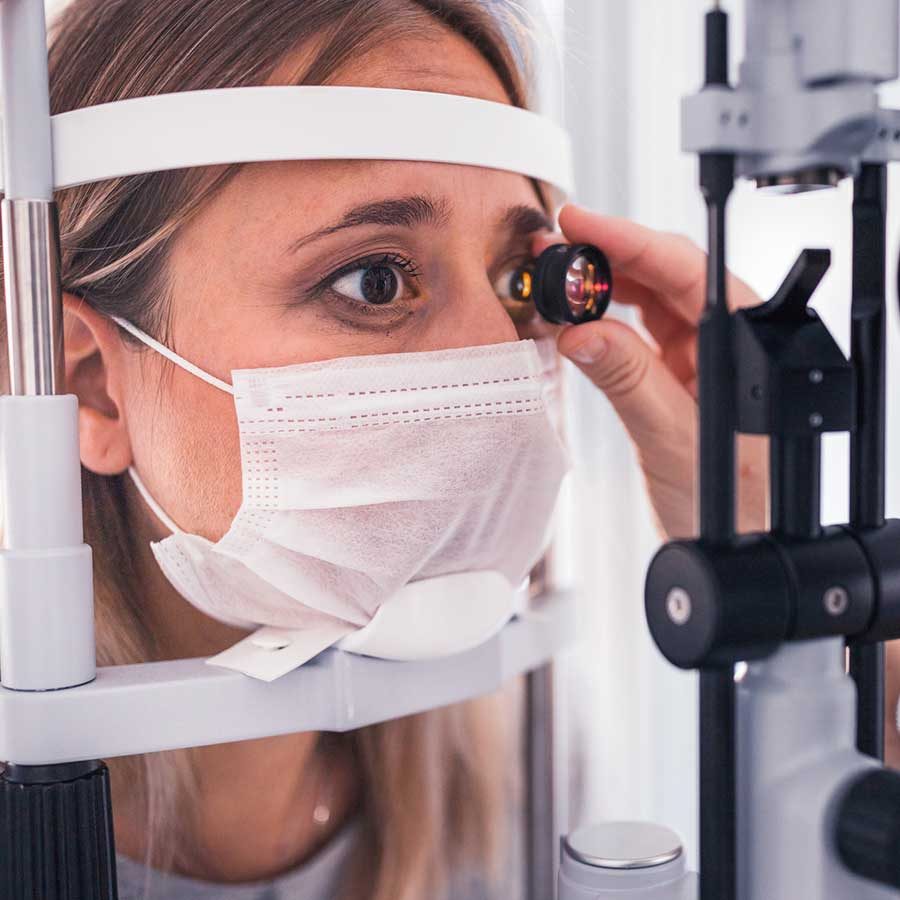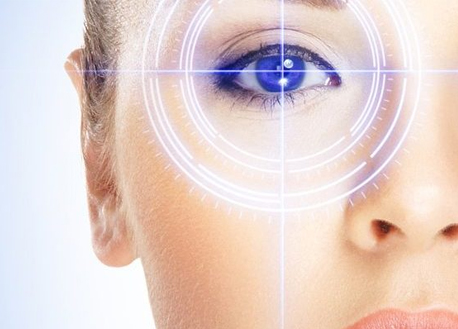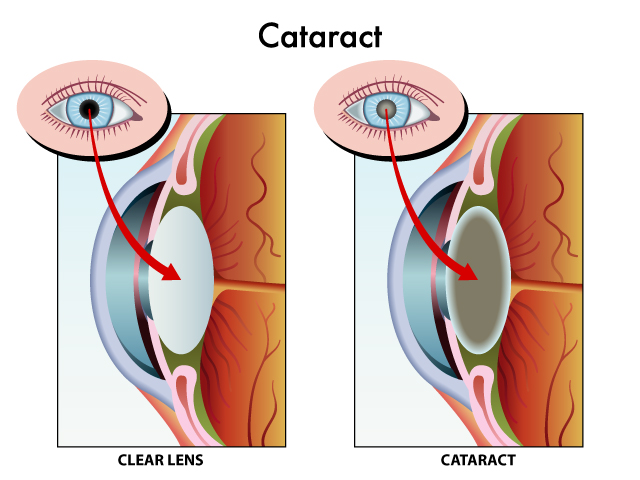Several tests are performed to diagnose glaucoma, a group of eye conditions that can lead to optic nerve damage and vision loss. The specific tests may vary based on the suspected type of glaucoma and the individual’s eye health. Here are common tests performed to diagnose glaucoma:
1-Tonometry:
- Measures intraocular pressure (IOP), which is a key risk factor for glaucoma. Elevated IOP can indicate a higher risk of glaucoma, although normal IOP does not rule out the condition.
2-Ophthalmoscopy:
- Allows the eye care professional to examine the optic nerve for signs of damage. Changes in the appearance of the optic nerve head, such as cupping, may suggest glaucoma.
3-Visual Field Test (Perimetry):
- Assesses the full horizontal and vertical range of what a person can see in their field of vision. Glaucoma often leads to peripheral vision loss, which can be detected through this test.
4-Gonioscopy:
- Examines the drainage angle of the eye to determine if it is open or closed. This helps in classifying the type of glaucoma, such as open-angle or angle-closure glaucoma.
5-Pachymetry:
- Measures the thickness of the cornea. Corneal thickness can influence intraocular pressure readings, and thin corneas may be associated with a higher risk of glaucoma.
6-Optical Coherence Tomography (OCT):
- Uses light waves to create detailed cross-sectional images of the optic nerve and retina. It helps in assessing the thickness of the retinal nerve fiber layer, which can be indicative of glaucomatous damage.
7-Retinal Imaging:
- Captures high-resolution images of the retina, helping to detect any structural changes or damage related to glaucoma.
8-Visual Acuity Test:
- Measures how well an individual can see at various distances using an eye chart. While not specific to glaucoma, changes in visual acuity may be observed in advanced stages of the condition.
9-Corneal Hysteresis Measurement:
- Evaluates the cornea’s ability to absorb and return energy during deformation. This measurement can provide additional information about the biomechanical properties of the cornea and the risk of glaucoma progression.
It’s important to note that glaucoma diagnosis is often a combination of these tests, and regular eye examinations are crucial, especially for individuals at higher risk, such as those with a family history of glaucoma or individuals over the age of 40. If you have concerns about your eye health, consult with an eye care professional for a comprehensive examination and appropriate testing.
For More Information Book an eye consultation with Dr. Seema Behl, one of the best Ophthalmologist in Andheri to protect your vision and eye health.




